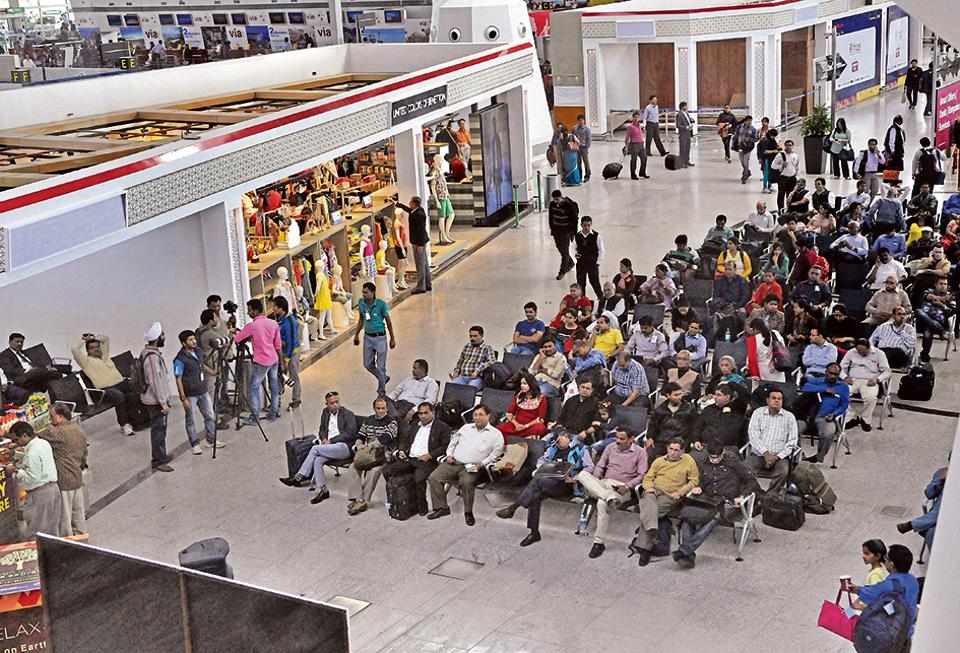India’s big, bold aviation rush
Keeping up with the record of being the fastest growing aviation market, India witnessed a massive surge in domestic air traffic during the festive month of October. Reportedly, it was the highest-ever number of domestic flyers noted in the country.
The Directorate General of Civil Aviation (DGCA) reported that the air travel volume reached the 10 million mark in October, clipping at a healthy 20.52 pc over the same period a year ago. For the reporting month, the carriers flew as much as 10.45 million passengers.
The combined passenger traffic of all airlines was at 8.67 million in October 2016, according to the data released by the regulator DGCA. IndiGo Airlines continued to lead the aviation market in October flying 4.13 million (41.3 lakh) passengers, substantially higher than 3.66 million (36.65 lakh) passengers in September.
The market share of the airline during the month increased to 39.5 pc from 38.2 pc in the previous month. On the other hand, passengers carried by the national carrier, Air India increased to 1.36 million (13.6 lakh) from 1.29 million (12.9 lakh).
SpiceJet, the country’s second-largest low-cost carrier, reported a 13.1 pc market share, which is lower than 13.8 pc during the month before. However, it showed an increase in terms of passengers carried from 1.32 million (13.20 lakh) to 1.36 million (13.64 lakh).
Popular carrier, Jet Airways also reported an increase in the number of passengers while full-service carrier Vistara’s passenger count remained flat at 0.37 million (3.7 lakh).
Ajay Singh, Director and CEO of SpiceJet in a conversation with AIBM, said, “This growth is a great sign but we need to further bring down the cost of aviation. The government is quite engaged in the aviation business and that is good. However, we have the most expensive aviation turbine fuel and airports. We need to bring this cost down to support this growth spurt and make it sustainable. We also need to create many more airports to support this growth.”
Airport capacity demands
Despite a heavy demand, the civil aviation sector so far failed to look beyond major metros and continued to neglect serving several Tier-II and Tier-III cities. Most of these airports are located near high-business or potential tourism areas or are surrounded by industrial clusters.
Aviation analysis group, CAPA, pointed out in its new report that India’s airport network is at a “near-crisis situation”. Delhi, Mumbai, Chennai and Kolkata are getting new airports, but those in smaller cities like Agartala, Guwahati, Kozhikode, Srinagar and Pune are already operating beyond their capacity. The report stated that to solve a myriad of issues, 55 new airports are needed by 2030.
Meanwhile, there is another noticeable setback to India’s booming aviation industry- customer complaints. A total of 656 passenger-related complaints were received by the scheduled domestic airlines in the month of October. There is a distinct surge in the number of complaints related to baggage and miscellaneous issues.










